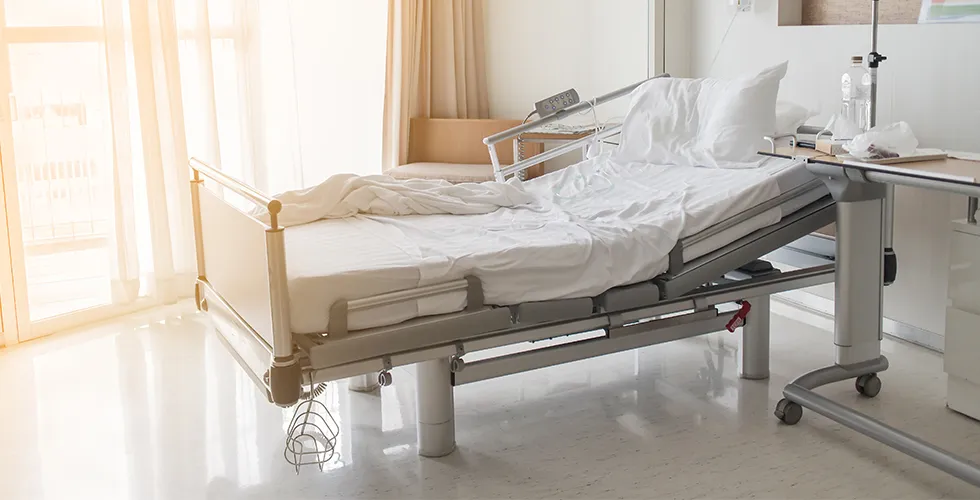
Hospitals may appear clean, but a silent threat is lurking: Clostridioides difficile (C. diff), a dangerous bacteria responsible for over 12,800 deaths and 223,000 hospitalizations annually in the U.S., is spreading in ways we’ve underestimated. A new University of Utah study uncovered how C. diff silently travels—not just through infected patients but via hospital staff and contaminated surfaces.
Over a 13-week study in two intensive care units, researchers collected 7,000 samples from patients, equipment, room surfaces, and healthcare workers’ hands. Their findings? Traditional infection control has been missing the full picture. By expanding sampling beyond just patients, they found 3.6 times more bacterial movement than expected. Surprisingly, in over half of the transmission cases, infected patients had never even shared hospital time—C. diff had lingered on surfaces or hands long enough to infect new arrivals.
Only 9% of infections were linked to the previous room’s occupant. Instead, the primary transmission route was clear: bacteria moved from patients to surfaces, then to healthcare workers’ hands, and finally to new patients or rooms.
Worse, alcohol-based sanitizers don’t kill C. diff spores, allowing contamination to persist even after standard cleaning. The study identified 11 distinct strains of C. diff, showing the bacteria’s stubborn presence across hospital environments.
So what can be done? Hospitals must:
- Use disinfectants proven to kill C. diff spores
- Upgrade cleaning protocols, especially for shared equipment and high-touch surfaces
- Rethink hand hygiene—gloves and proper handwashing are more effective than sanitizer alone
C. diff often flies under the radar, but these findings make one thing clear: stopping its spread means addressing every step of its silent journey.

